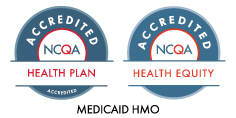
Lead can be harmful to your child’s health. It can hurt their brain and body. Even small amounts of lead can make it hard for children to learn, grow and pay attention.
Where does lead come from?
Lead is sometimes found in:
- Old paint in homes built before 1978.
- Dust from chipping paint or home repairs in older buildings.
- Soil near roads, buildings or old factories.
- Water that flows through old pipes or faucets.
- Some toys, pottery, spices and home remedies, especially from other countries.
Young children are more at risk. They often put their hands and toys in their mouths. If those hands or toys have lead dust on them, lead can get into their bodies.
How a lead test can help
The good news is that a simple test can check your child for lead. Your child’s doctor can do a quick finger prick to look for lead in the blood.
Children should get tested at:
- 12 months (1 year).
- 24 months (2 years).
If your child is older and has never been tested, ask their doctor for a lead test.
What happens if lead is found?
If the test shows lead in your child’s blood, the doctor will help you take steps to lower their exposure.
You may need to:
- Clean your home more often to remove lead dust.
- Use cold tap water for cooking and drinking.
- Keep your child away from peeling paint.
Eating healthy foods also helps the body fight lead.
Give your child foods with:
- Iron, like beans, eggs or lean meat.
- Calcium, like milk, cheese or yogurt.
- Vitamin C, like oranges, strawberries or tomatoes.
What you can do
- Ask your child’s doctor about a lead test.
- Keep your home clean and dust-free.
- Wash hands and toys often.
- Use cold water from the tap for drinking and cooking.
- Be careful with older homes and imported products.



